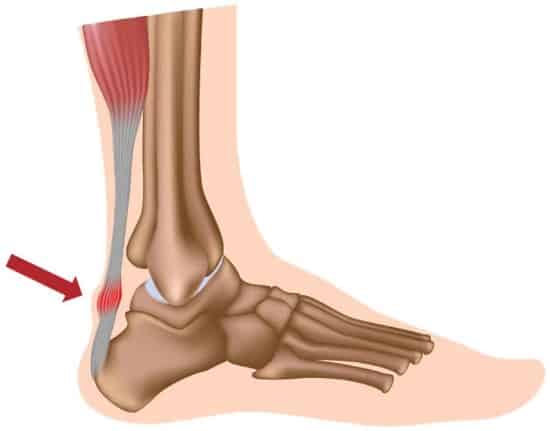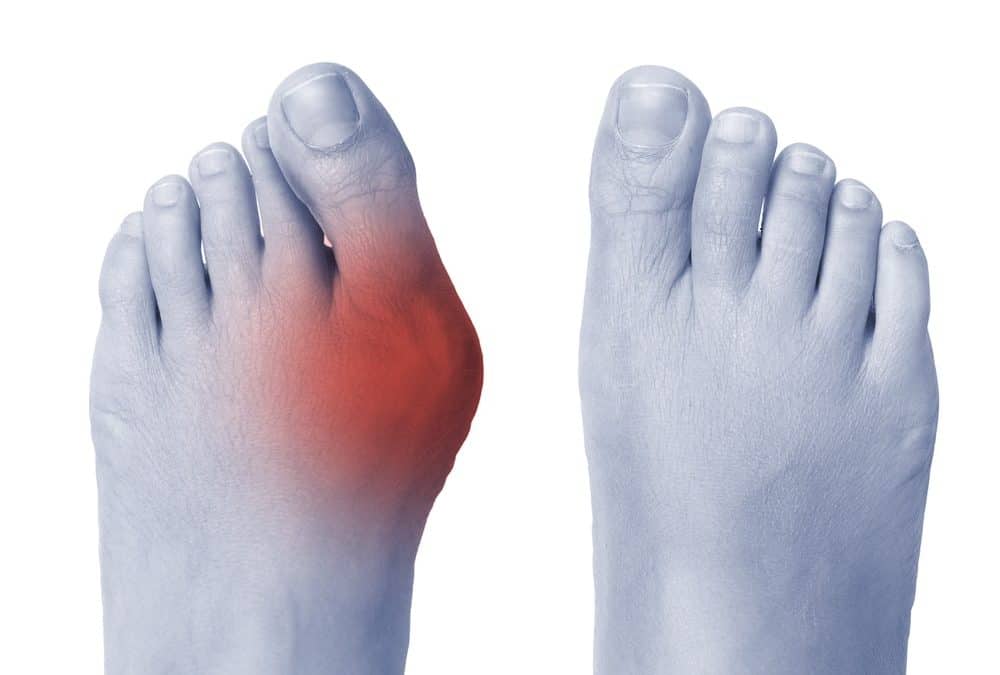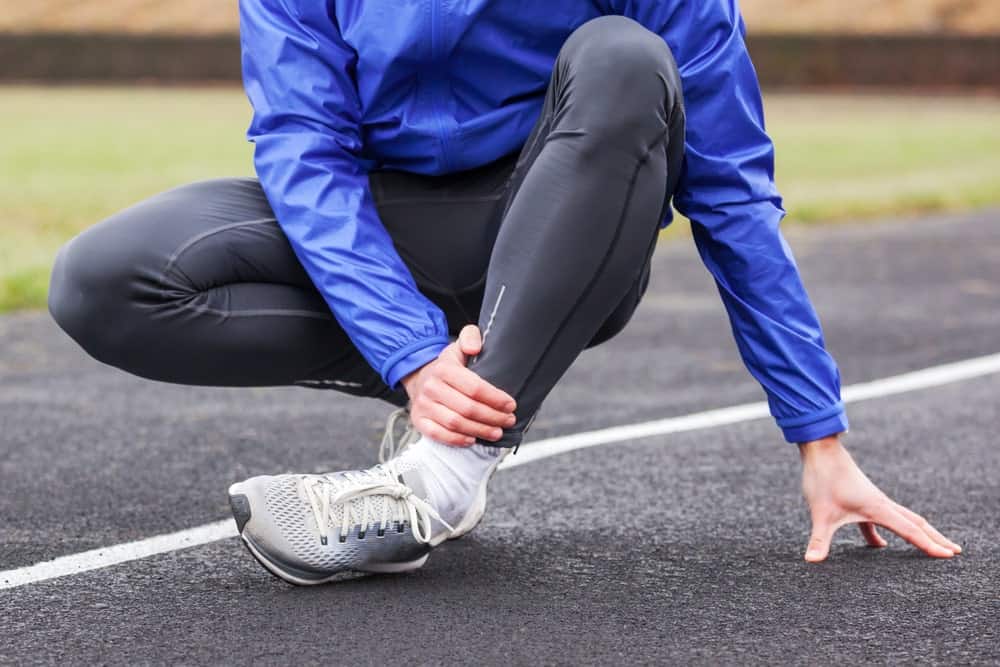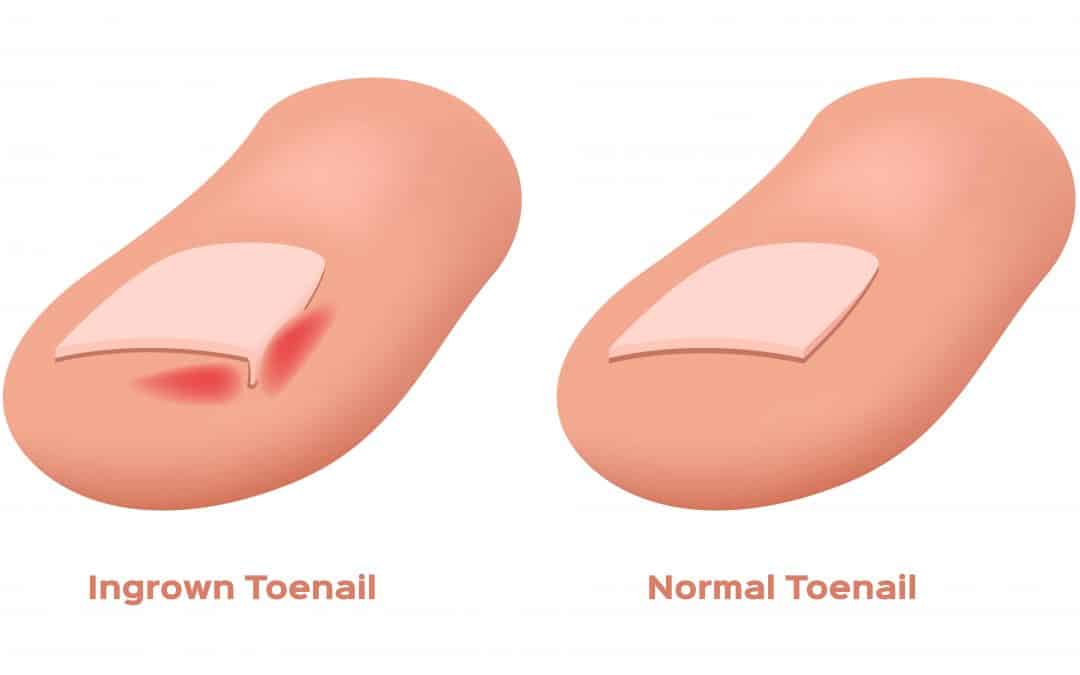
The Importance of Correct Assessment and Treatment of Neck Pain

“Ignoring neck pain is like playing Russian roulette with your health; the longer you wait, the more you risk long-term damage.”
Neck pain is a common complaint that I’m sure we can all relate to having had it at some point or other, but its ubiquity should not diminish the importance of treating it appropriately especially if it is a regular part of your life. Ignoring neck pain or attempting to manage it without proper diagnosis and treatment is a perilous path. When dealing with such a sensitive and crucial part of your body, the stakes are high.Choosing to neglect proper assessment and treatment for neck pain can lead to:
- Chronic Pain: Lack of intervention might result in persistent neck pain, making everyday activities unbearable.
- Restricted Mobility: Inadequate or inappropriate treatment can lead to reduced range of motion, affecting your ability to turn or tilt your head.
In contrast, opting to seek professional help for correct assessment and treatment offers:
- Pain Relief: Accurate diagnosis and targeted treatment can lead to significant relief from pain, allowing you to function normally.
- Improved Quality of Life: Proper treatment can eliminate the recurring cycles of pain and discomfort, helping you to sleep better, work more efficiently, and engage in physical activities.
- Prevention: Understanding the root cause of your neck pain can also prevent further episodes, saving you from future agony and potential complications.
2 Great Tips for Simple Rehab
While nothing replaces the advice of a healthcare professional, these tips from our resident physio can serve as a valuable supplement to your treatment plan:
- Neck Exercises: Simple neck stretches, like neck tilts and rotations, can reduce inflammation and stiffness. However, consult your physiotherapist for a tailored exercise plan.
- Ergonomic Considerations: Your sitting posture, especially during work, can significantly impact your neck health. Ensure that your computer screen is at eye level and that you maintain a neutral spine position while sitting.
For the best results, you can’t go wrong with PhysiopodWA, located within The Foot Pod Clinic at Karrinyup. Our resident physiotherapist, Megan Van Selm, is skilled in diagnosing and treating neck pain. With her expertise, you can trust that you’ll receive the proper assessment and personalized treatment plan tailored to your specific needs.
Megan not only addresses the symptoms but delves into identifying the root causes of your discomfort. Utilizing the most effective treatment modalities, she can significantly improve your quality of life, ensuring a robust and lasting recovery.
Don’t let neck pain dictate your life any longer. Make the smart choice for your health by seeking a thorough assessment and comprehensive treatment at PhysiopodWA.
Book your appointment today for a comprehensive consultation and personalized treatment plan with Megan Van Selm at PhysiopodWA.
Schedule online at www.thefootpod.com.au or call us on (08) 92467292.
Experience the transformation that proper care can bring to your life!




